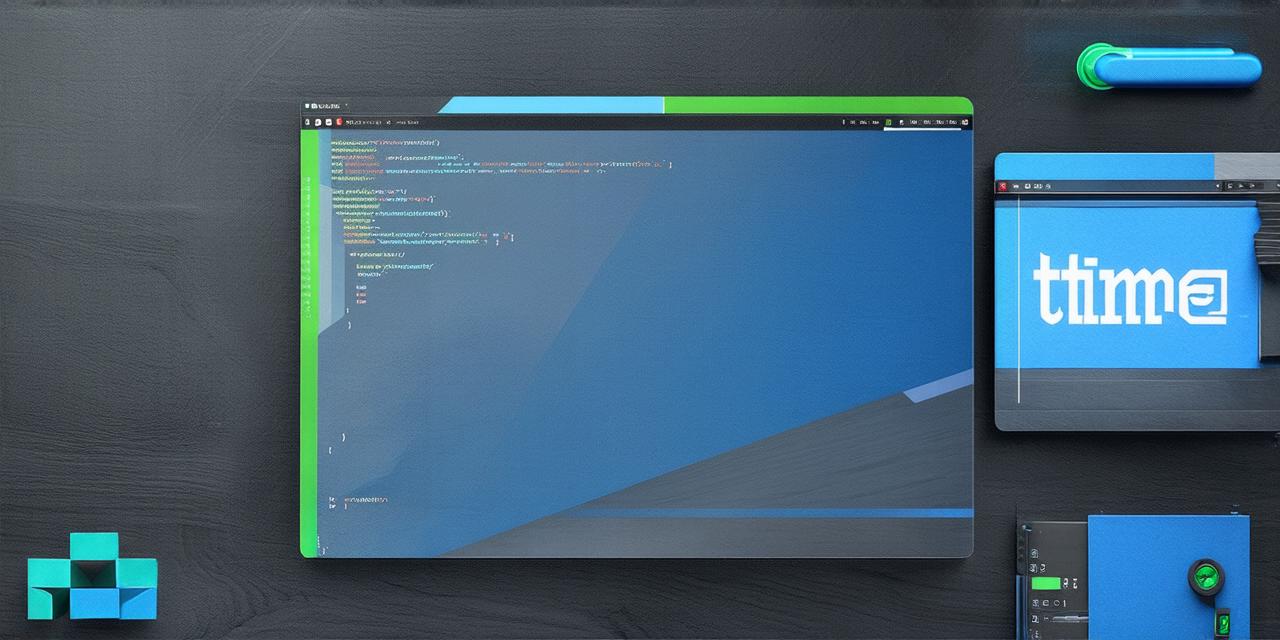Master front end web design in how much time?
BlogTable of Contents
1. Introduction
2. Understanding Front-End Web Design
3. Learning Resources and Technologies
4. Practice Makes Perfect
5. Building a Portfolio
6. Networking and Collaboration
7. Case Studies and Examples
8.
FAQs
9.
Conclusion
Introduction
Web design is an ever-evolving field that requires creativity, technical skills, and continuous learning. Front-end web design is one of the most popular areas in web development, as it involves creating the user interface of a website or application. In this article, we will explore how long it takes to master front-end web design and some strategies that can help you achieve your goal faster.
Understanding Front-End Web Design
Front-end web design is all about creating an engaging and visually appealing user interface for a website or application. It involves using various technologies such as HTML, CSS, JavaScript, and frameworks like React, Angular, and Vue.js to create interactive elements, forms, and animations. As a front-end web designer, you are responsible for ensuring that the website or application is accessible, responsive, and optimized for different devices and browsers.
Learning Resources and Technologies
There are many resources available to help you learn front-end web design. Some of the most popular resources include online courses like Udemy, Coursera, and PluralSight, books, tutorials, and forums like Stack Overflow and Reddit. Additionally, there are various technologies that you can use to enhance your front-end web design skills, such as CSS preprocessors like SASS and Less, version control systems like Git, and task runners like Gulp and Grunt.
Practice Makes Perfect
The key to mastering front-end web design is practice. You can start by building small projects and gradually moving on to more complex ones. It’s important to challenge yourself and push your boundaries as you learn new technologies and techniques. Additionally, practicing regularly can help you improve your coding speed, identify and fix errors quickly, and become more efficient in your workflow.
Building a Portfolio
A portfolio is an essential tool for any web designer. It showcases your work, skills, and experience to potential employers or clients. Building a portfolio can be time-consuming, but it’s worth the effort as it can help you stand out from other candidates and attract more opportunities. You can start by selecting a few of your best projects and presenting them in an organized and visually appealing way.
Networking and Collaboration
Networking and collaboration are critical to success in any field, including web design. Joining online communities like LinkedIn, attending conferences and workshops, and participating in open-source projects can help you connect with other designers, learn from their experiences, and build relationships that can lead to new opportunities. Additionally, collaborating with others on
